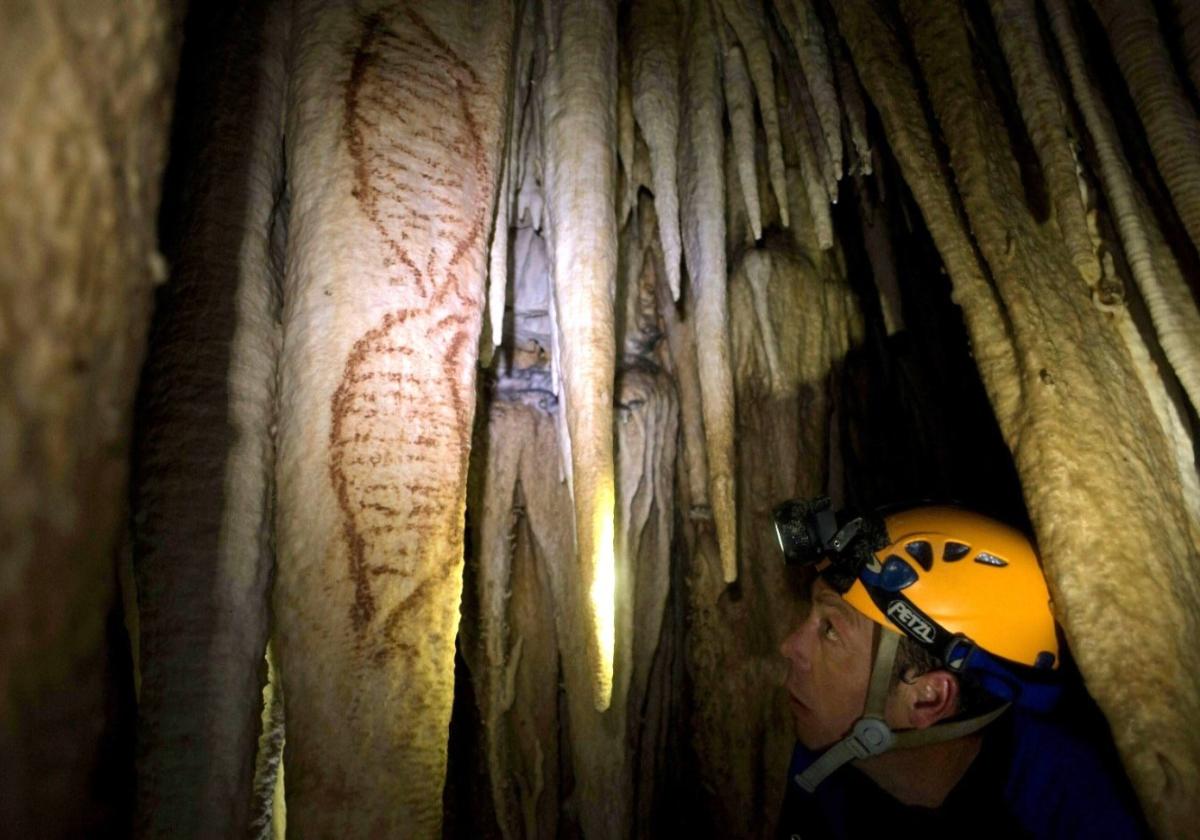Malaga's caves launch joint bid for rock art to join Unesco's World Heritage List
Twelve caves with Paleolithic paintings aim to become the province's second entry on the World Heritage List after the dolmen site in Antequera
Paco Griñán
Malaga
Friday, 13 June 2025, 11:10
Research in the last few years in the prehistoric caves of Malaga province has attracted the attention of the international scientific community. Experts have revealed the uniqueness of the paintings in the Ardales cave and the relevance of the Victoria cave in studies into the last Neanderthals and the first Homo sapiens in the area.
Now, given the significance of the recent discoveries, 12 caves in Malaga province have decided to make a joint bid to become a Unesco World Heritage site. This is the start of a long journey whose instigators hope will result in the province's second entry in the Unesco heritage list, after the Dolmens in Antequera.
Nerja Cave was chosen at the end of last week to host the launch of the joint bid to join the Unesco World Heritage List . The 12 caves with paintings have been divided into two groups. In one, the large natural caves: Pileta, Ardales and Nerja. In the other, the medium-sized caves: Gato, Las Suertes, Toro/Calamorro, Pecho Redondo, Navarro IV (La Araña), Victoria, Higuerón/Tesoro, Gallinero and Doncellas.
The idea for the bid came from the team responsible for the research and conservation in the Ardales and Nerja caves, who were joined by those responsible for the Pileta cave and the researchers working in the other caves in the province.
The initiative has the support of the eight town halls concerned: Antequera, Ardales, Benalmádena, Benaoján, Marbella, Nerja, Rincón de la Victoria and Malaga, as well as the central government's delegation in Malaga and the Diputación provincial authority.
Outstanding Universal Value
To join the World Heritage List, the candidates have to meet certain criteria. These include the certification of at least one point of Outstanding Universal Value (OUV), but according to the representatives, several points in the different caves meet the requirements for this distinction.
The paleolithic art in Malaga province dates from between 65,000 and 10,000 years ago. The paintings show classic animal symbols and anthropomorphic representations with a wide range of land and marine fauna.
